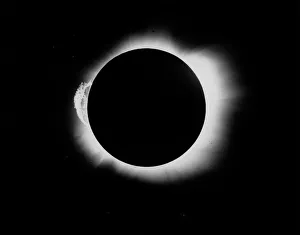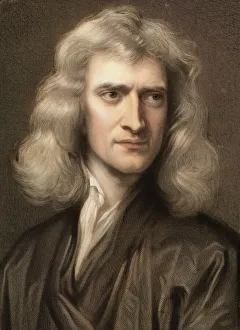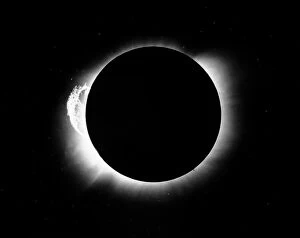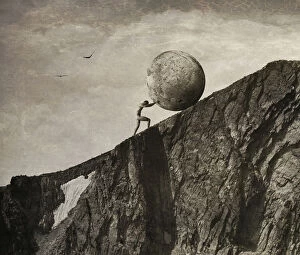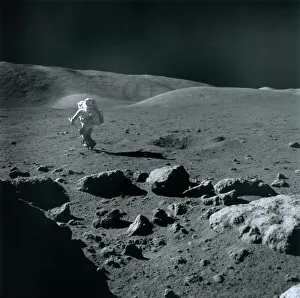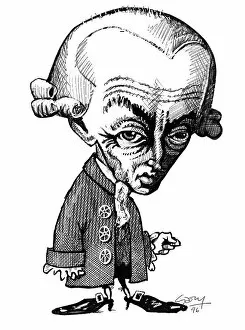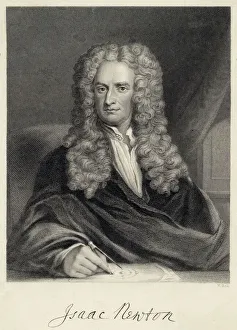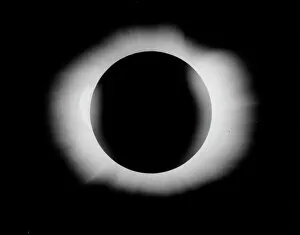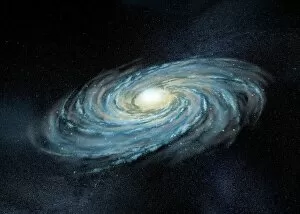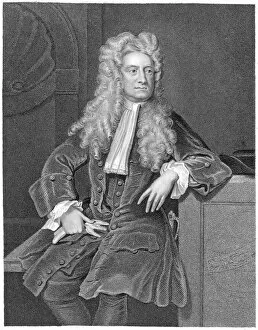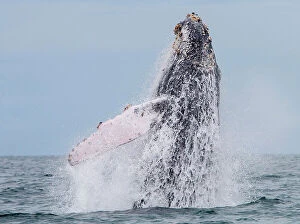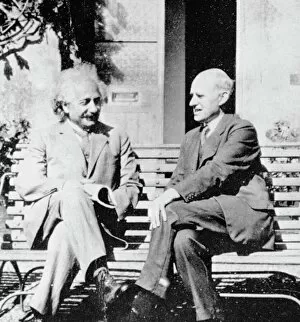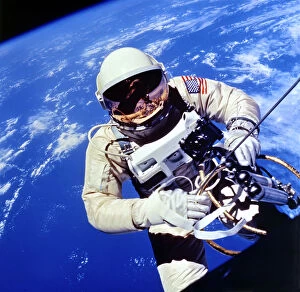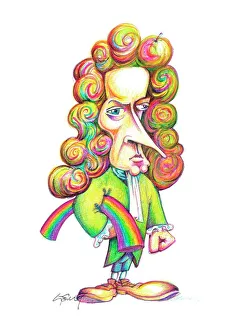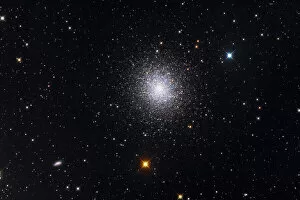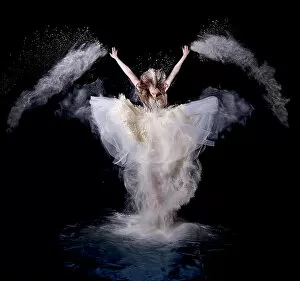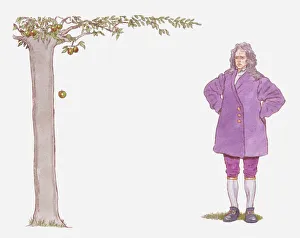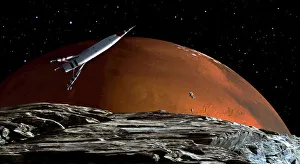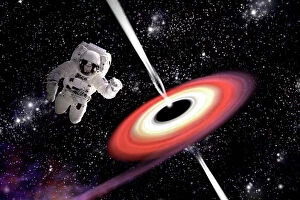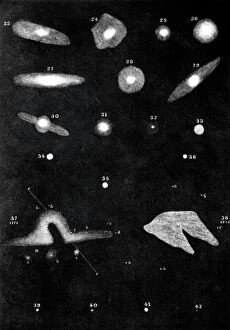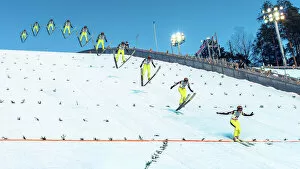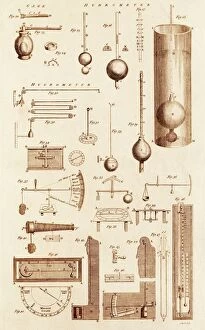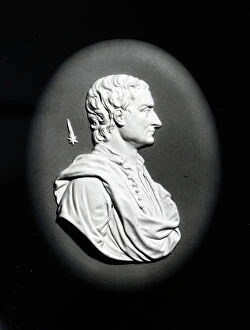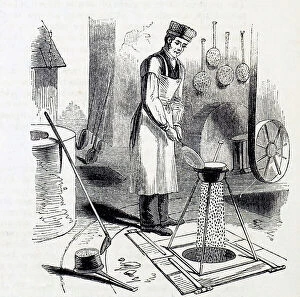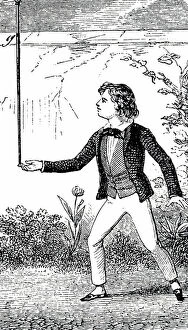Gravity Collection
"Gravity: The Unseen Force That Shapes Our Universe" In 1919, during a solar eclipse
All Professionally Made to Order for Quick Shipping
"Gravity: The Unseen Force That Shapes Our Universe" In 1919, during a solar eclipse, the world witnessed a groundbreaking experiment that confirmed Sir Isaac Newton's theory of gravity. This young portrait of Newton in 1689 captures the brilliance and curiosity that led him to unravel the mysteries of this fundamental force. The same year, another solar eclipse brought forth an astonishing revelation. Apollo 17 astronaut beheld Earth from space, experiencing firsthand the power that keeps us grounded while exploring the vastness beyond our planet. As we remember Cartier Bresson's iconic photographs capturing fleeting moments in time, let us not forget how gravity influences every aspect of our lives. Like Sisyphus endlessly pushing his boulder uphill, we are bound by this force as it shapes our existence. Sir Isaac Newton, renowned English mathematician and physicist, dedicated his life to understanding gravity's intricate workings. His discoveries paved the way for scientific progress and continue to inspire generations today. Freeman's artwork from the 19th century portrays Newton during yet another significant solar eclipse in 1919 when his theories were proven correct once again. It serves as a testament to humanity's relentless pursuit of knowledge about this enigmatic force. Apollo 14 astronaut standing on the Moon reminds us that even in space where gravity seems absent; its effects remain undeniable. Gravity governs celestial bodies like galaxies within which we find ourselves immersed - such as our magnificent Milky Way galaxy depicted through stunning artwork. Yet amidst all these wonders lies one phenomenon shrouded in mystery – black holes. These cosmic entities possess gravitational pull so strong that nothing can escape their grasp – not even light itself. They challenge everything we know about physics and beckon scientists to delve deeper into their secrets. Gravity is more than just a physical law; it is an invisible thread connecting every corner of our universe.


